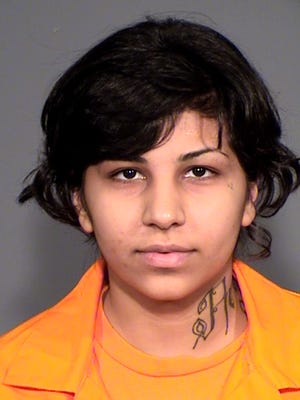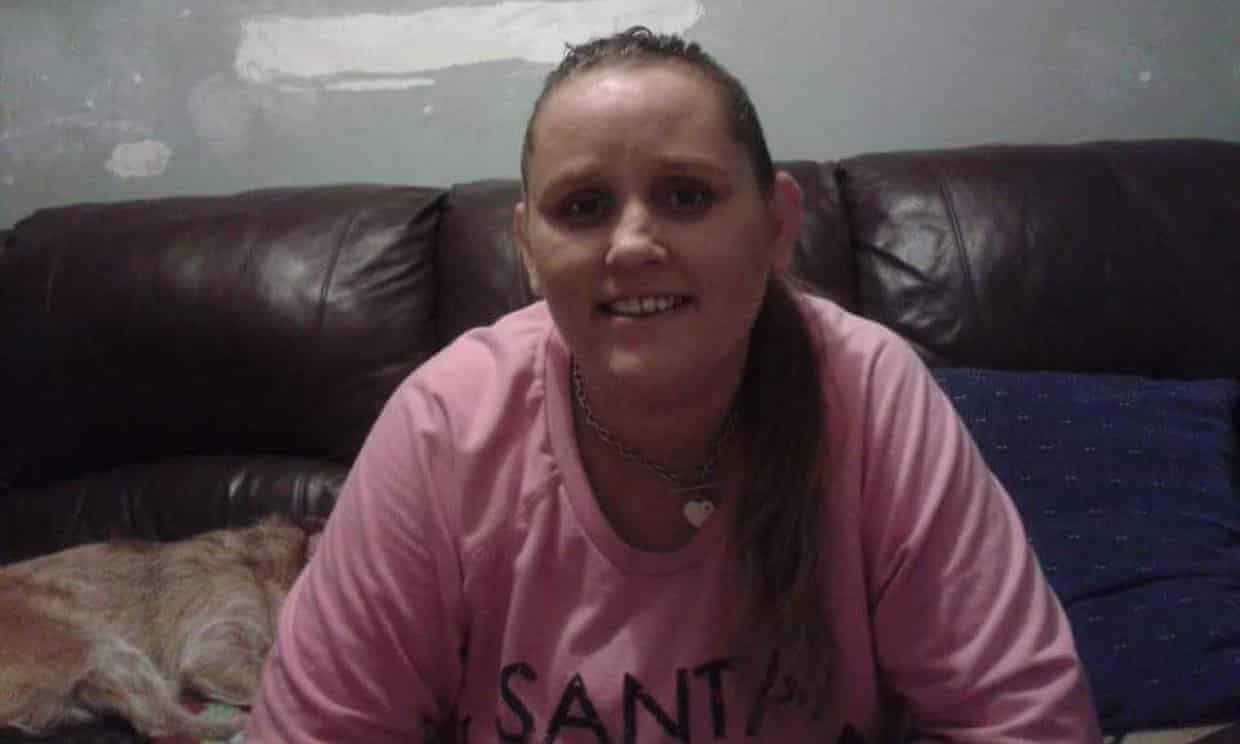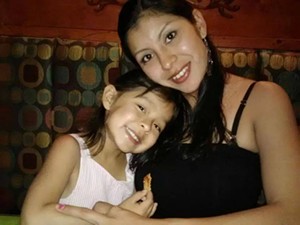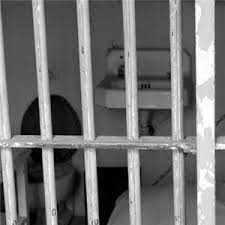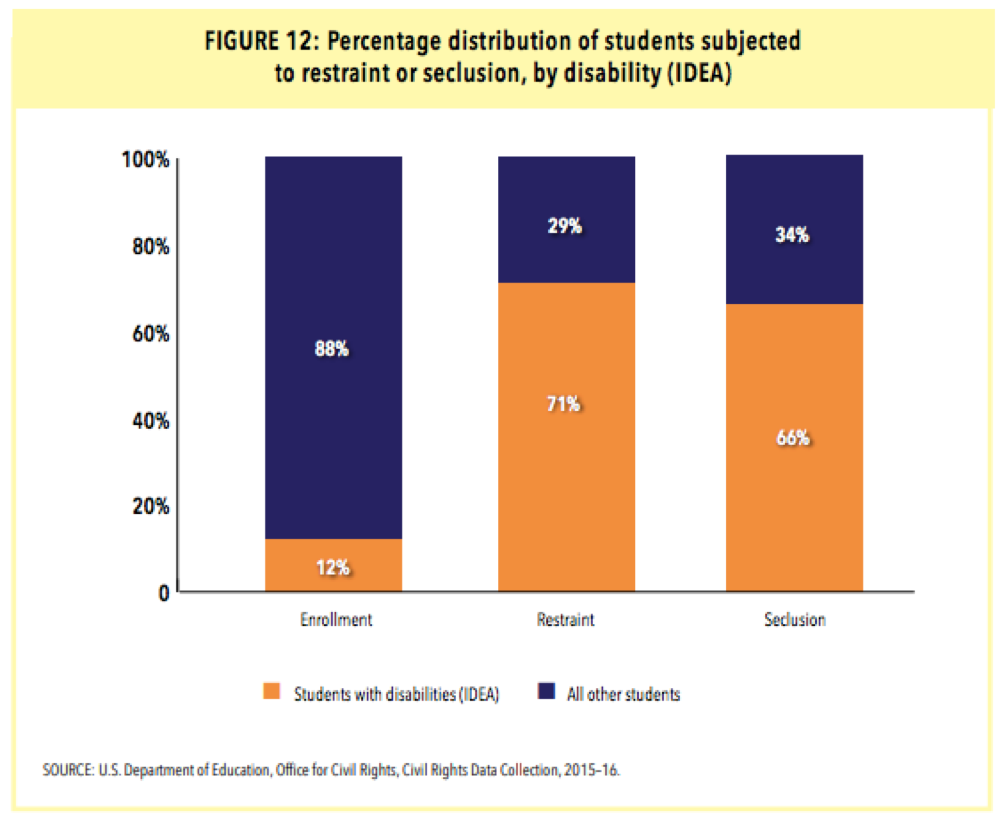
In Loudon County, Virginia, 13-year-old Gigi Daniel-Zagorites lives with Phelan-McDermid syndrome, “a disorder that hampers her ability to speak.” In her middle school, one day in September, a fellow classmate took a picture of Gigi being “secluded”. Someone, teachers presumably, took a bookcase and a cabinet and built an enclosure in the corner of the classroom. Gigi was dumped in there, and two adults stood, or sat, guard. In the picture, Gigi is trying to get out or at least see over the barricades. Months later, her mother, Alexa Zagorites, is still asking questions and still getting no answers. Gigi Daniel-Zagorites and her mother are objects of the national pogrom against children living with disabilities. Like so many others, both Gigi and her mother refuse to be or become the victims that national policy intends for them.
Earlier this month, the New Hampshire Disability Rights Center released a report concerning the abusive seclusion and restraint of a 14-year-old child, called Zach, at the Sununu Youth Services Center. First, Zach was dumped into seclusion which led to two staff members throwing Zach to the ground and “restraining” him face down there. The staff fractured the child’s shoulder blade. Despite New Hampshire law, the restraint and, even more, the injury was not reported for two months. Months later, the Sununu Center continues to withhold information. New Hampshire has “restraint and seclusion” laws, but they all rely on the staff to self-report. The levels of violence form a network of threads of immediate, intimate violence and those of structural violence, all held together by the violence and suffering of family, friends, and community.
Similar stories have been recently reported in Indiana, Iowa, Florida, and Arizona, to name a few from only the last month or so. Across the country, children in school learn that living with a disability is a crime. It must be a crime, otherwise why would the adult staff members be punishing them so?
Last month, U.S. Department of Education released a report on school climate and safety for 2015 – 2016. It found that Iowa rates had just about doubled. For example, in 2013, 23 school districts in eastern Iowa had 2514 reported instances of seclusion or restraint. In 2015, that number rose to 4,904. A recent Iowa State report describes Davenport as in “systemic non-compliance” of Federal laws concerning the education of students living with disabilities. According to the report, the situation for students of color in Davenport is particularly dire, systemically so. Both of Iowa’s U.S. Senators are calling for a Federal investigation into the use of seclusion rooms. Davenport’s U.S. Representative Dave Loebsack has called for a ban on seclusion rooms.
The report on school climate and safety merely confirmed what we already know. In a nutshell, students living with disabilities constituted 12% of all students enrolled. 12 percent. That very small sector of students living with disabilities constituted 71% of all students restrained and 66% of all students “secluded.”
What crime have these children committed? What is their terrible sin? Why do we continue to send these children into solitary confinement? Why do we continue to torture those who are most vulnerable? When will we stop this practice? What do you think we’re teaching children, all the children in all the schools, when we torture their classmates and then call it “seclusion” and “restraint”?
(Infographic Credit: U.S. Department of Education)


